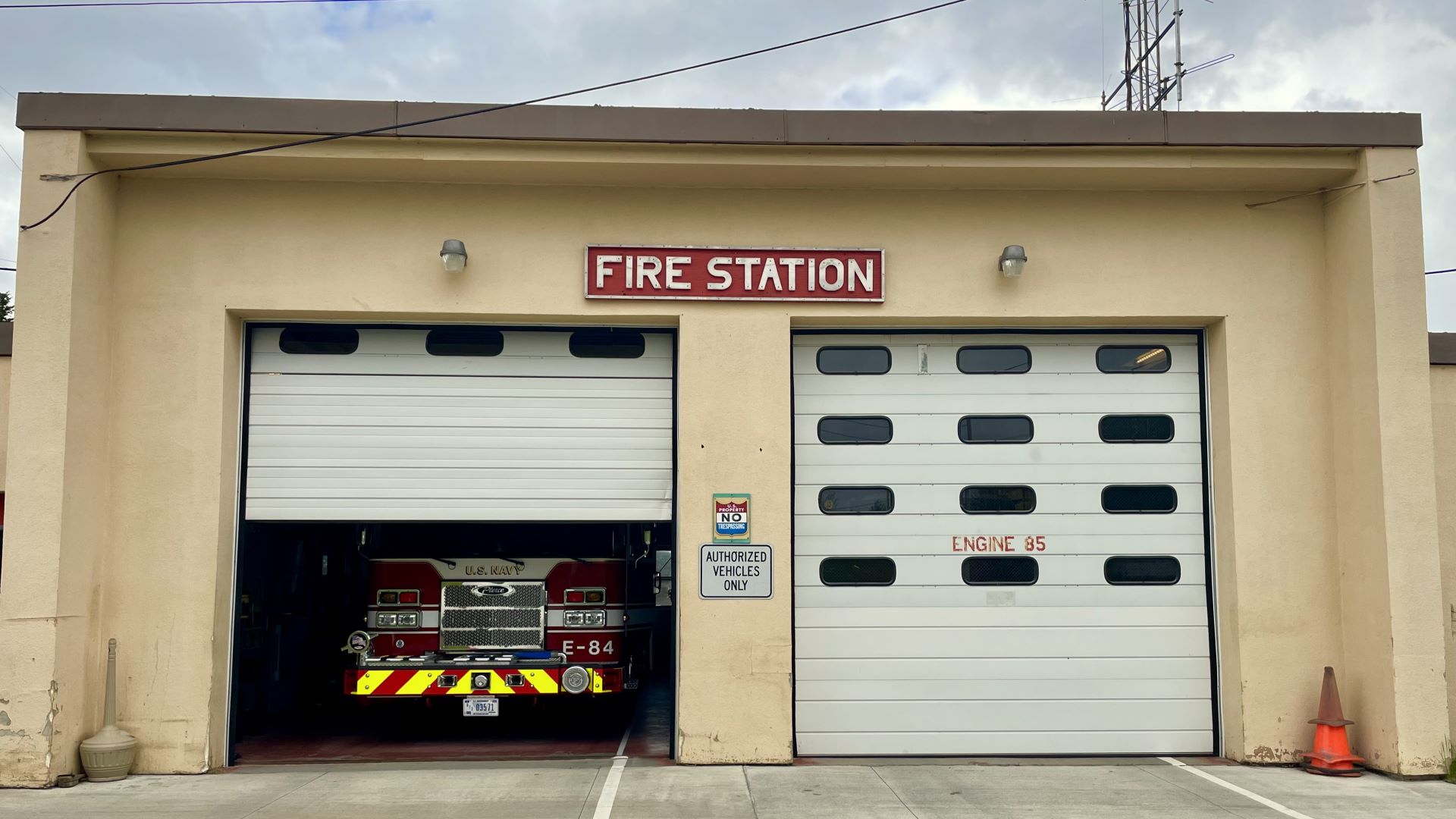New information about PFAS levels in the county and state’s soils and water sources that have been tested by the Maine Department of Environmental Protection (DEP) is available on the agency’s website.
While many communities in Washington County will find that levels are below the 20 parts per trillion (ppt) threshold established by the state as a safe level, others, such as sections of Cutler, have concerning levels.
In Washington County there are 14 known septage land application sites and six utilization sludge sites stretching from Cherryfield to Indian Township, with licensing going back to the 1990s or before. The Maine DEP defines sludge as a solid, semi solid or liquid waste generated from a wastewater treatment process as well as from dewatered septage from septic tank systems.
At the time, federal and state governments encouraged the spreading of these waste products for agricultural fertilizer, among other reasons. However, over the last few years the multiple toxicities of the PFAS class of chemicals has come to the fore.
A 2021 Maine law requires the DEP to conduct soil and water investigations to identify levels of PFAS contamination. The recent release of results shows the range of contamination around the state, and specifically in Washington County, with the communities of Calais, Cutler and Eastport as examples of the variation in chemical type and contamination levels found.
New data, in particular, looks at the sum of six PFAS chemicals present at a site. They are PFOA, PFOS, PFHpA, PFNA, PFDA and PFHxS.
In Cutler, where PFAS levels are high in many test sites, the contamination is because of more than the spread of sludge and septage. In 1961 the U.S. Navy commissioned the site for a Very Low Frequency Transmitter, a shore radio station that sends navigational signals to ships, submarines and planes along the Arctic Ocean, the Atlantic Ocean and the Mediterranean.
In the 1980s the Navy discovered contamination on a fire training area and salvage yard and began testing the campus.
In 2020 it began sampling private drinking water wells in designated sampling areas near the Naval Support Activity Cutler Fire Station to see if PFAS chemicals had migrated through groundwater to private drinking wells at levels greater than the federal Environmental Protection Agency (EPA) health advisory levels.
Maine has a more rigorous threshold for PFAS contamination than the federal government. In Cutler the DEP notes that there were 62 wells tested with 29 below the 20 parts per trillion (ppt) and 33 above.
Victoria Eleftheriou deputy director, DEP Bureau of Remediation and Waste Management, notes, “Regarding the Cutler wells that are over Maine’s interim drinking water standard of 20 parts per trillion (ppt) for the sum of six PFAS, DEP installed 14 filter treatment systems and the Navy installed 19.”
She explained that this is because the Navy is using the EPA’s 2016 health advisory of 70 ppt as the safety threshold for PFOA or PFOS individually or combined. Because Maine has a safety threshold of 20 ppt or below, the DEP installed the 14 systems where the results were above 20 but below 70 ppt.
In Calais there were five sampled wells with all of the wells testing below 20 ppt for the sum of six chemicals. None tested above. From 1990 to 2000, the Washington County Technical College in Calais spread septage at a rate of 37,000 gallons per year on one acre of college owned land.
In Eastport there were three wells sampled also testing below 20 ppt and none testing above. The City of Eastport, from 1992 to 1997, spread sludge at a maximum loading rate of 85,850 gallons per year on five acres at the runway aprons at the Eastport Municipal Airport.
Testing for PFAS hazards
Since 2019 the DEP has been testing for PFAS in soil and water systems in the state based on preliminary testing of known sites where sewage sludge and septic tank septage were spread over the years before concerns about PFAS contamination and health risks became known.
The DEP is increasing the testing of the family of chemicals to gain a greater understanding of the depth of contamination. The agency’s website has searchable spreadsheets and more devoted to the information it is gathering about chemical levels at test sites and remediation measures for homeowners, school systems and others to learn about.
PFAS, the group of manufactured chemicals known has per and polyfluoroalkyl substances, and of which there are thousands of varieties, have been made and used since the 1940s. Their usefulness is in part because of their chemical stability and their ability to repel water and oil. They have been used in a wide variety of applications, from non stick cookware to ski wax, fire retardants, water repellent clothing and furniture fabrics and more.
The chemicals do not break down easily, and this characteristic is now recognized as potentially detrimental to human and mammalian health because of the ability of the chemicals to build up over time in the environment and in drinking water and food sources such as agricultural and farm products and wild game and fish.
PFAS chemicals are linked to health risks including reduced reproductive fertility and hormone disruption, development effects and delays in children, increased risk of some cancers, a reduction in the body’s ability to fight off infection and more.
In a 2022 interview, David Madore, deputy commissioner of the DEP, explained, “Land application of sludges and residuals were a commonly accepted practice authorized by the federal EPA as a way to enhance nutrients in the soil for agriculture and also to provide a way to manage residual products and sludges.”
Licenses in Maine and much of the U.S. for the spreading activity required setbacks from sensitive areas such as wells and surface water with testing of heavy metals and dioxins.
“Unfortunately, like all the other states in the U.S., the Maine DEP was not aware of the widespread use of PFAS in manufacturing as PFAS was not federally regulated and required to be tested in residuals,” Madore said.
The DEP’s PFAS website has extensive information on testing results, contact information for questions about well remediation and filtration systems and more.







